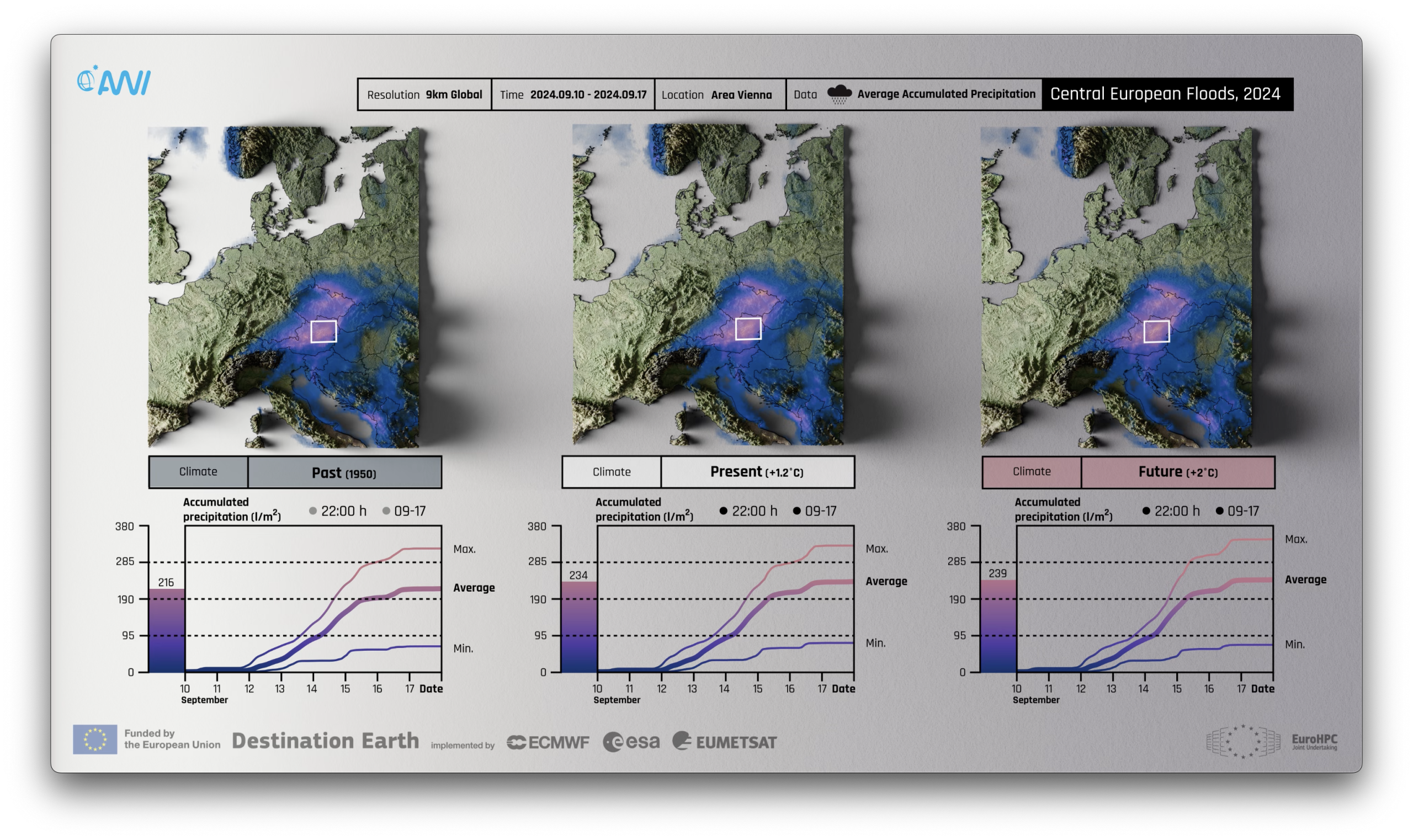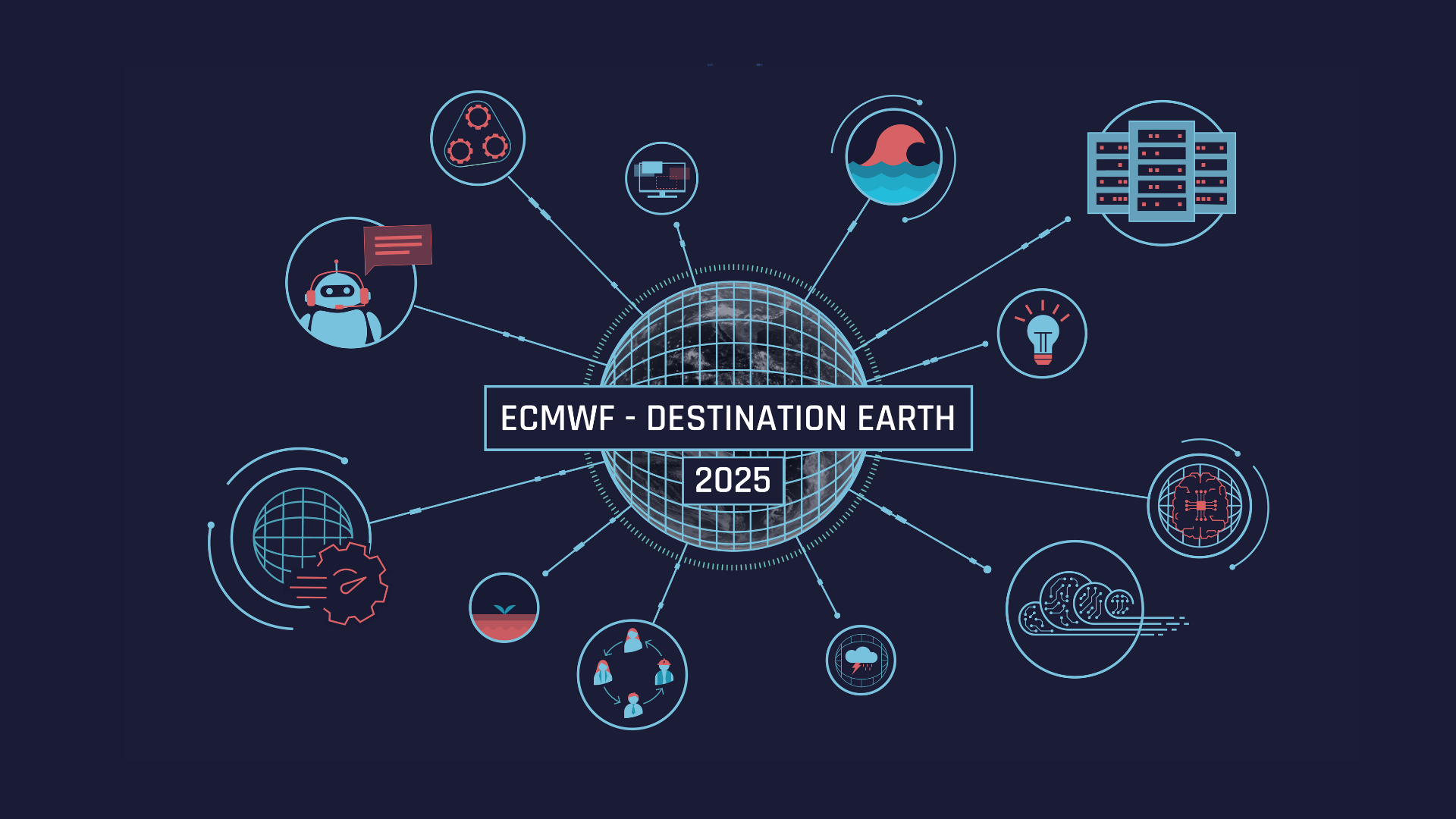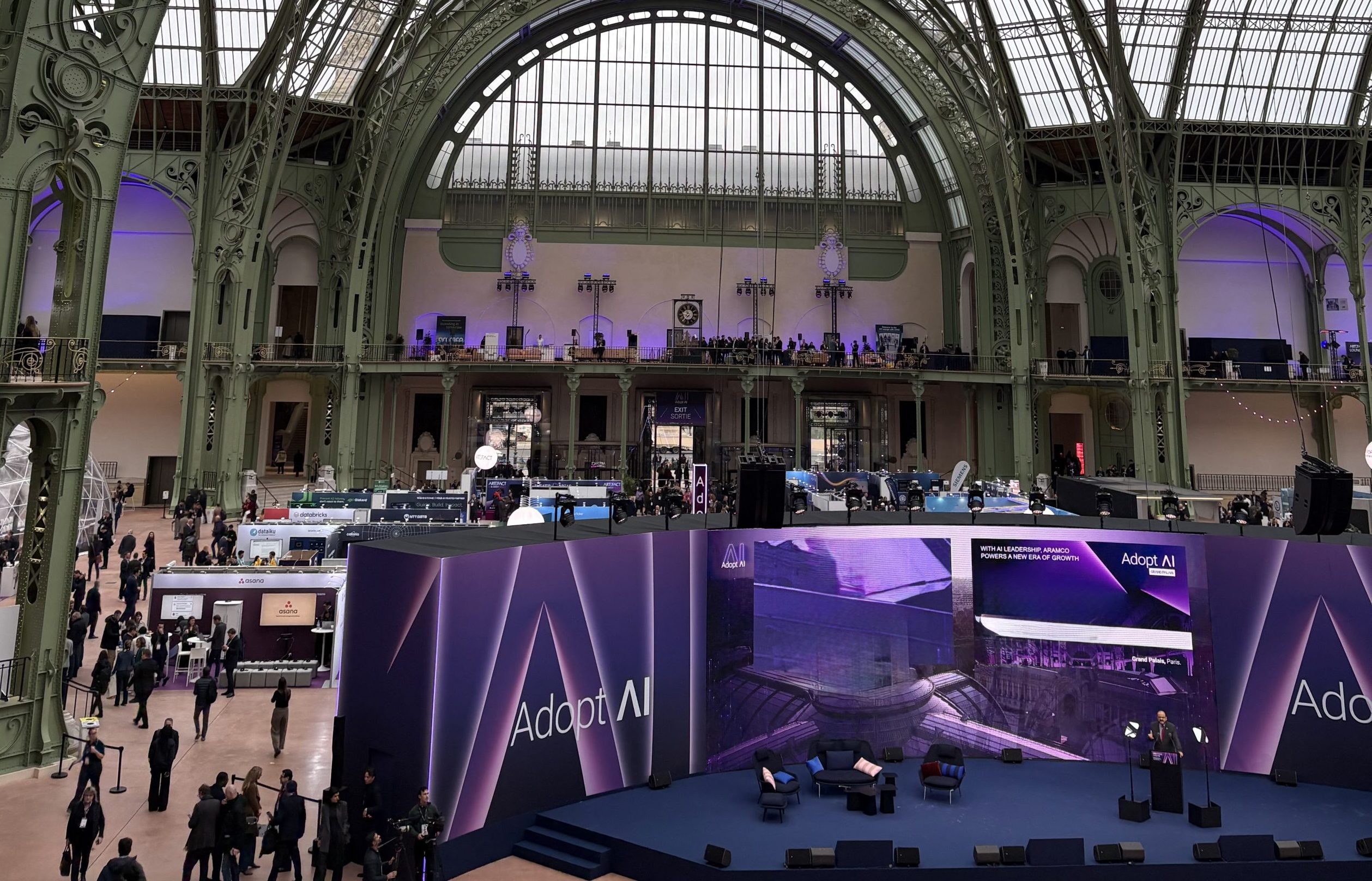
A new paper details how the Destination Earth Climate Change Adaptation Digital Twin delivers multi-decadal, kilometre-scale climate projections, storylines of extreme events, co-designed sectoral applications, and a unified workflow for actionable climate information.
The new paper in open discussion in the journal Geoscientific Model Development presents the Climate Change Adaptation Digital Twin (Climate DT), a core component of the European Commission’s Destination Earth (DestinE) initiative. Led by Francisco J. Doblas Reyes (ICREA professor and Director of the Earth Sciences Department, Barcelona Supercomputing Centre) and Jenni Kontkanen (Development Manager in Digital Twins, CSC – IT Center for Science), and co-authored by over 100 scientists, the article describes how the Climate DT aims to deliver an operational framework to produce multi-decadal climate projections at kilometre-scale resolution, enabling what-if simulations of extreme events and other climate scenarios in support of adaptation efforts.
High-resolution climate projections and storylines
The Climate DT produces globally consistent climate information at scales at which many impacts of climate change and extreme events are observed, generating annually global climate projections at 5–10 km resolution up to 2050, covering atmosphere, land, ocean, and sea ice.
It also enables the production of what-if scenario simulations to explore possible evolutions of climate in support of adaptation. One example of these what-if scenario simulations is how recent extreme events might evolve under different past or plausible future scenarios. This capability complements existing climate modelling efforts, such as CMIP and CORDEX, by providing higher spatial resolution, more frequent updates, and a more flexible framework.
The first prototype simulations were successfully produced by leveraging the EuroHPC capabilities of LUMI and Mare Nostrum 5 and are now available via the DestinE platform. New simulations are now produced with upgraded models and newly defined operational workflows.

A unified workflow for actionable climate information
As part of the Digital Twin Engine, a comprehensive end-to-end workflow underpins the Climate DT, linking kilometre-scale global Earth system models—ICON, IFS-FESOM, and IFS-NEMO—with sectoral applications. Outputs of these three models are standardized via a Generic State Vector, supporting high-resolution data analysis and AI/ML workflows. Importantly, the workflow also includes a novel framework, AQUA, which enables on-the-fly evaluation of simulations and uncertainty quantification, supporting to build trust in this new information system.
Co-design and sector-specific applications
A distinctive feature of the Climate DT is its co-design with end-users. Sector experts—including those in wind energy, urban heat management, hydro systems, and wildfire risk—work closely with the Climate DT teams to define data requirements and applications. One-pass algorithms embedded in the workflow continuously generate sector-specific indicators, transforming raw climate outputs into condensed, actionable information. This is particularly valuable for tailoring climate information to operational and strategic decision-making in climate-sensitive sectors.
Collaborative European effort
The Climate DT is implemented by CSC – IT Center for Science in partnership with European supercomputing centres, climate centers, national meteorological services and universities across Europe, in close collaboration with ECMWF. Francisco J. Doblas Reyes reflected:
“It has been somehow a challenging exercise to bring together this paper, since there are so many different aspects and evolutions made in parallel by so many people from across disciplines. But at the same time, it was very rewarding to see gathered the outstanding work done by all the teams involved from so many different areas of expertise. We present the many aspects that are real breakthroughs in the way we generate and use climate information, and these new capabilities will strengthen our understanding of the fast-evolving climate crisis.” said Doblas Reyes.
Phase I (2022–2024) focused on building the prototype of the Climate DT system and demonstrating its capabilities at scale, while Phase II (2024–2026) is dedicated to operationalisation of the system, further demonstrating its added value, and starting to integrate AI and machine learning within the workflow to enhance usability and support uncertainty quantification.
The Climate DT has already received recognition for its computational and scientific achievements, including two HPCwire Readers’ Choice Awards in 2024 and a recent nomination for the ACM Gordon Bell Prize for Climate Modelling.
The new paper provides a detailed account of the Climate DT’s novelties—from multi-decadal, kilometre-scale projections and storyline simulations to co-designed impact sector applications and integrated AI/ML technologies—demonstrating a transformative approach to producing climate information for decision-making. The authors invite readers to consult the paper in open discussion and provide feedback.
The Climate DT, procured by ECMWF in the framework of Destination Earth is developed through a contract led by CSC-IT Center for Science and includes Alfred Wegener Institute Helmholtz Centre for Polar and Marine Research (AWI), Barcelona Supercomputing Center (BSC), Max Planck Institute for Meteorology (MPI-M), Institute of Atmospheric Sciences and Climate (CNR-ISAC), German Climate Computing Centre (DKRZ), National Meteorological Service of Germany (DWD), Finnish Meteorological Institute (FMI), Hewlett Packard Enterprise (HPE), Polytechnic University of Turin (POLITO), Helmholtz Centre for Environmental Research (UFZ) and University of Helsinki (UH).
Destination Earth is a European Union funded initiative launched in 2022, with the aim to build a digital replica of the Earth system by 2030. The initiative is being jointly implemented by three entrusted entities: the European Centre for Medium-Range Weather Forecasts (ECMWF) responsible for the creation of the first two ‘digital twins’ and the ‘Digital Twin Engine’, the European Space Agency (ESA) responsible for building the ‘Core Service Platform’, and the European Organisation for the Exploitation of Meteorological Satellites (EUMETSAT), responsible for the creation of the ‘Data Lake’.
We acknowledge the EuroHPC Joint Undertaking for awarding DestinE strategic access to the EuroHPC supercomputers LUMI, hosted by CSC (Finland) and the LUMI consortium, Marenostrum5, hosted by BSC (Spain) Leonardo, hosted by Cineca (Italy) and MeluXina, hosted by LuxProvide (Luxembourg) through a EuroHPC Special Access call.
More information about Destination Earth is on the Destination Earth website and the EU Commission website.


